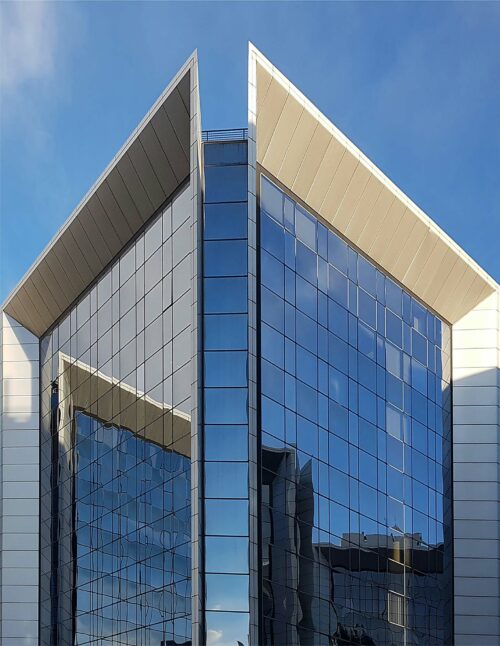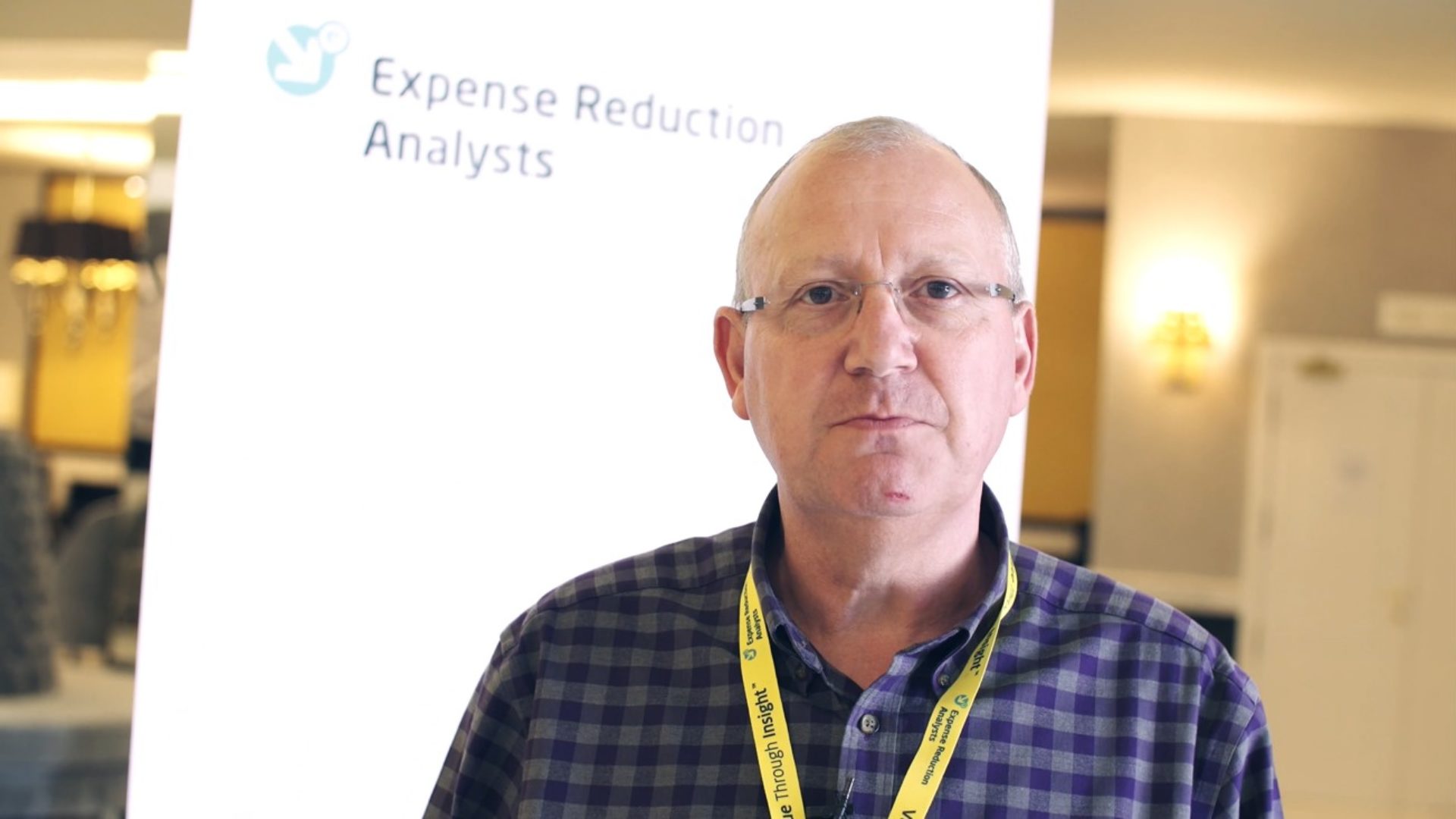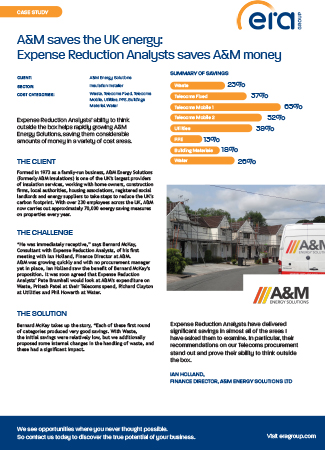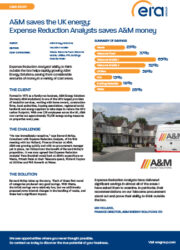Built Environment Solutions delivering Indirect, Procurement & Supplier Cost Optimisation
There is enormous pressure on all types and size of organisations in this fast-paced exciting industry, however there is also a huge amount of opportunity and potential waiting for those who are able to adjust to market demands.
The challenge for these organisations is to be open to change, seek innovative suppliers, adopt agile methods, develop innovative contracts, consult regularly with clients to deliver bespoke, sustainable, measurable and above all else value for money contracts.
This is of course an industry that thrives on human 2 human (H2H) interactions and is often cited as completely necessary to get things done. Technology is a great enabler and for those that ignore the benefits technology provides do so at their own peril. For those that embrace it and are early adopters there will be a competitive edge to be gained. A well thought out strategic plan for the organisational success of the business will bring many advantages not least a modern joined up approach to winning, maintaining and of course retaining clients.
With market conditions becoming increasing volatile the cost of doing business is constantly rising. It is vital due to the uncertainty of the coming months, even years that companies take control of cost management.
Introduction to ERA Group Built Environment Solutions
ERA Group provide a wide range of industry solutions, including Built Environment. Expense Reduction Built Environment Solutions delivers Value Through Insight by providing innovative solutions to key challenges facing the Built Environment Industry. Here, the chair of our Built Environment Solutions Ian Arundell provides a simple overview of how we can help businesses such as yours and gives a brief introduction to our organisation, including the wide range of global insight and experience we have within our network. If your company operates within the Built Environment industry, our solutions page offers some useful insight about the key challenges facing the industry.
"One of the ways to combat weaknesses and fractures in the supply chain is to look at digitalisation and automation of the processes required to get from concept and design, to the finished built environment."
Built Environment Industry Insights
Project Planning and Productivity
Poor project delivery is inseparably linked with poor productivity – recent research suggests that a staggering 98% of projects incur cost overruns or delays – the average cost increase being an eye-watering 80% of original value and average slippage, 20 months behind the original schedule. This background naturally increases the likelihood of disputes, delayed payments, a breakdown in trust between parties and stakeholders, and potentially, the need for legal intervention to sort it all out. As a result, companies operating in the sector suffer a significantly higher cost of doing business than their peers in other sectors.
Skill Shortages
Construction is a major sector of the UK economy. It generates almost £90 billion annually (6.7% of GDP) and employs in excess of 2.93 million people, the equivalent of about 10% of UK employment. The industry shed over 140,000 jobs in the 2008 recession and just scraped through the 2012 dip. However, there is a new challenge on the horizon. The age profile in construction means 22% are in their 50’s and 15% in their 60’s, meaning many construction workers are retiring and the industry is losing significant skills and experience. Over £1 billion has been invested by government in training and apprenticeships, however less than 15% of all UK employers has taken on an apprentice or inexperienced staff member to replace these skills shortages over the long-term.
Sustainability
The built environment industry in the UK accounts for 45% of the total carbon emissions which is an alarming figure. It is imperative that sustainability is one of the highest priorities throughout the design and construction process, ensuring practical and innovative solutions are found for the lifespan of the development, especially since currently 72% of domestic emissions arise from space heating and the provision of hot water, a figure that needs to be drastically reduced. Alongside this, a shocking 13% of products that are delivered to construction sites are being sent directly to landfill without being used, and 32% of all landfill waste compromising of materials in the construction and demolition of buildings. This highlights the need for use of recycled and recyclable products.

"It is imperative that sustainability is one of the highest priorities throughout the design and construction process, ensuring practical and innovative solutions are found for the lifespan of the development."
Built Environment Solution Case Study
A & M Case Study
Please enter your email address to download this file.

"Not only do companies operating within the built environment have a responsibility and obligation to look towards providing sustainable solutions, there is an increasing opportunity through various government initiatives."



